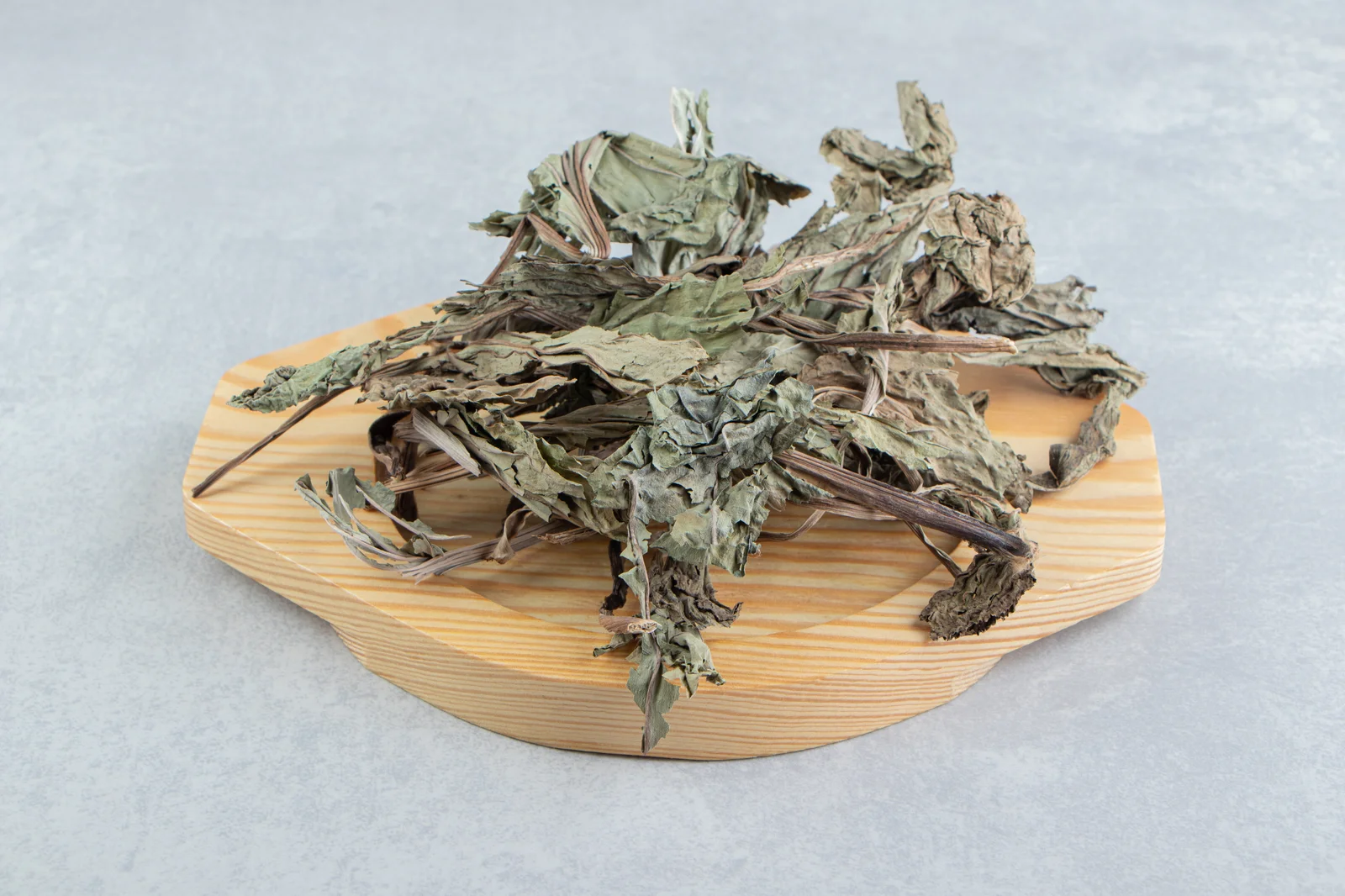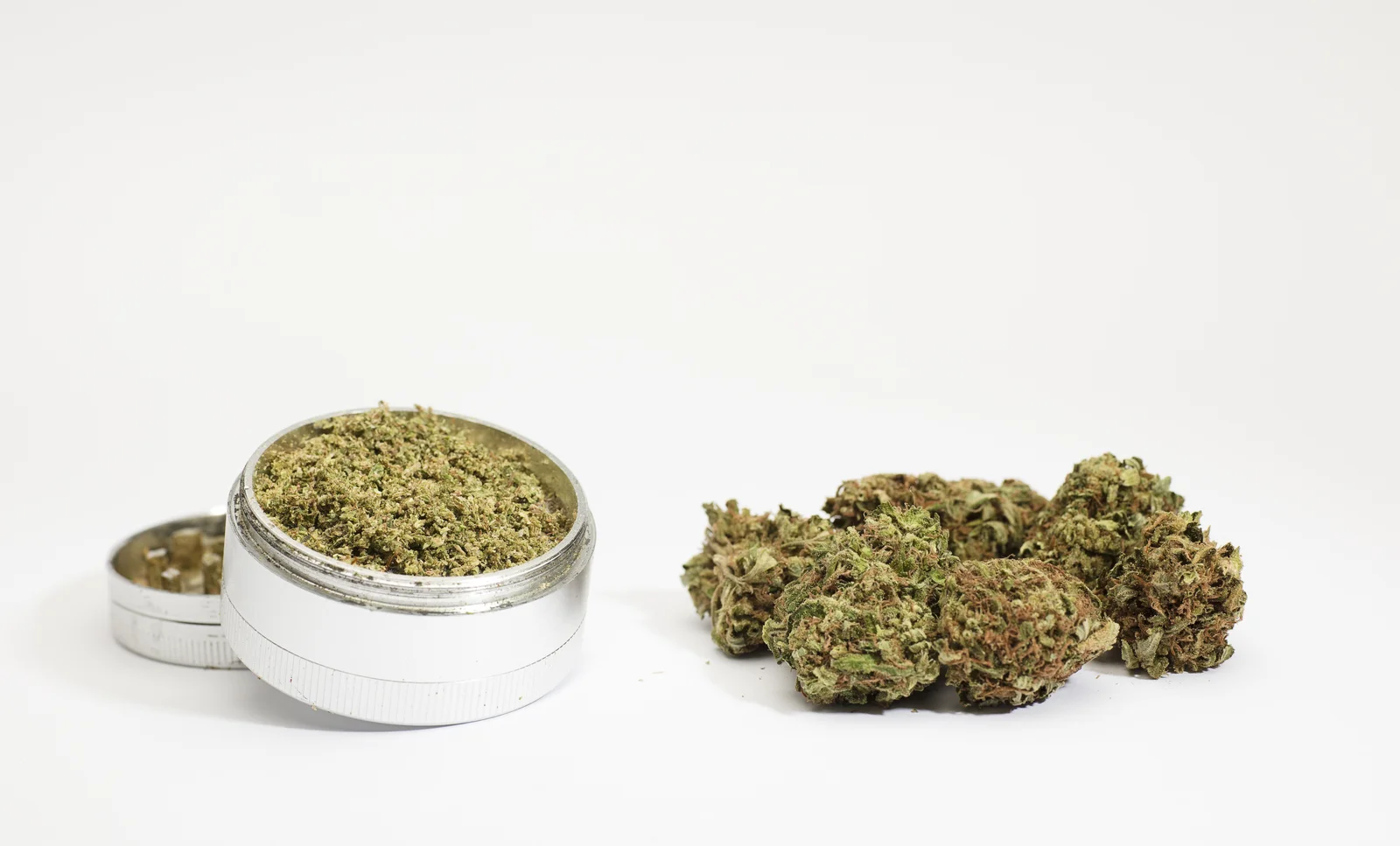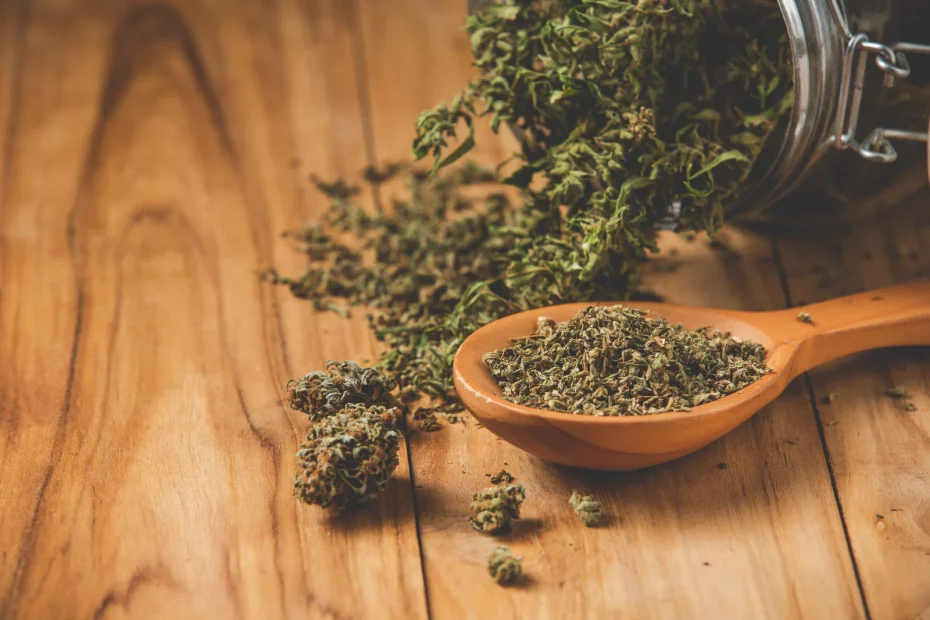Successfully transitioning freshly harvested cannabis into perfectly dry cannabis is both an art and a science. This crucial phase can significantly affect the potency, flavor, and overall quality of your cannabis product. In this comprehensive guide, we will delve into cannabis drying techniques, timing, the best racks for the job, and how to maintain optimal humidity levels during the process.
Understanding the Importance of Drying Cannabis
Drying cannabis is a vital step post-harvest. It serves to preserve cannabinoids and terpenes while preventing mold and mildew. Additionally, proper drying enhances the smoking experience by ensuring an even burn and robust flavor profile. Let’s unravel the steps that lead to excellent dry cannabis.
Timing: How Long Does It Take to Dry Cannabis?
Timing is key in achieving the ideal dry cannabis output. Generally, drying cannabis takes between 7 to 14 days. Several factors influence this duration, including bud size, density, and ambient environmental conditions. Keep in mind that rushing the drying process can lock in moisture, leading to a harsh taste and possible mold growth.

Techniques for Drying Cannabis
The methods used to dry cannabis can impact both its quality and flavor. Here are the most popular techniques:
- Hanging Method: This traditional method involves hanging whole plants or branches upside down in a controlled environment. It’s a simple yet effective way to maintain airflow.
- Flat Racks: For growers with limited space, flat cannabis drying racks offer a compact solution. They allow trimming before drying, so more space is utilized efficiently.
- Screen Drying: Small buds and trimmings are dried on screens which allow air circulation from all sides, promoting even drying.
Each of these techniques can be adapted to suit specific grow room dimensions and production scales.
Optimal Humidity and Temperature for Cannabis Drying
Humidity and temperature are pivotal to the drying process. Here’s how you can maintain an optimal environment:
- Humidity: Aim for a relative humidity (RH) level of 45-55%. A controlled environment prevents buds from losing moisture too quickly while avoiding mold.
- Temperature: The ideal temperature range is between 60-70°F (15-21°C). This ensures slow, even drying without degrading valuable terpenes.
Monitoring environmental conditions is essential. Investing in hygrometers and thermometers ensures precision and consistency.
Selecting the Right Cannabis Drying Racks
Cannabis drying racks come in various shapes and sizes, tailored to different operation scales:
- Tiered Racks: Useful for large-scale operations, tiered racks maximize vertical space and facilitate organized drying.
- Wall-Mounted Racks: Ideal for small growers looking to save floor space, these racks mount directly onto walls and keep buds elevated.
- Portable Racks: Compact and movable, these racks cater to growers who may need to adapt their drying space frequently.
Choose the rack that aligns with your space and drying volume to optimize operation efficiency.
Frequently Asked Questions
Can drying affect cannabinoid levels?
Yes, improper drying can degrade cannabinoids like THC, affecting potency.
Why does my dry cannabis smell grassy?
This usually happens when chlorophyll hasn’t adequately broken down, often due to rushing the drying process.
What happens if you dry cannabis too quickly?
Quick drying can trap chlorophyll and moisture in the buds, resulting in a harsh smoke and potential mold.
FAQ: Drying Cannabis – Expert Insights
Drying cannabis is a crucial step in the cultivation process, as it influences the flavor, potency, and quality of the final product. This FAQ article answers common questions regarding the best practices for drying cannabis.
What are the best techniques for drying cannabis?
Drying cannabis properly involves removing moisture slowly to preserve cannabinoids and terpenes. Here are some effective techniques:
1. Hang Drying
- The most traditional method, where whole plants or branches are hung upside down.
- Ensure even spacing to allow air circulation around each branch.
- Ideal for maintaining a smooth drying curve and preserving aroma.
2. Flat or Rack Drying
- Involves laying buds on screens or racks with good ventilation.
- Useful if space is limited; however, it may require more handling, which can damage trichomes.
3. Box or Paper Bag Method
- Buds are placed in a box or paper bag, with periodic rotating to promote even drying.
- Helpful in controlling drying speed and protecting against contaminants.
4. Cannabis Drying Room
- A dedicated space with controlled temperature and humidity.
- Allows for larger quantities to be processed at once with consistency.
Each method should prioritize gentle handling to prevent loss of trichomes, which contain the majority of cannabinoids and terpenes.

When is the optimal time to dry cannabis?
- Harvest Timing: The best time to begin drying is immediately after harvesting your plants. This is when the buds have reached their peak potency and terpene levels.
- Drier Seasons: If possible, plan harvesting and drying during a time of year when ambient humidity levels are naturally lower. This helps maintain consistent drying conditions.
- Indicators: Check for milky white and some amber trichomes on the buds using a magnifying glass to ensure readiness for harvest.
What types of racks should I use for drying cannabis effectively?
Mesh Racks
- Made from breathable mesh material, ideal for allowing air to move freely around buds.
- Can be stackable and collapsible for efficient use of space.
Wire or Metal Racks
- Provide excellent airflow and are typically more durable.
- Be cautious of potential metal corrosion which could introduce unwanted elements.
Wooden Racks
- Ensure the wood is untreated and free from natural oils that could be transferred to buds.
- Handle with care to prevent splinters and ensure spacing allows for sufficient airflow.
Adjustable Racks
- Racks with adjustable heights or shelving are beneficial for accommodating different bud sizes and ensuring even drying.
Opt for racks that are easy to clean and maintain to prevent mold or mildew buildup.
Conclusion
Achieving perfectly dry cannabis requires a meticulous approach focused on technique, timing, environmental conditions, and the use of appropriate drying racks. By understanding and implementing the elements discussed in this guide, you can enhance your cannabis quality and deliver a superior final product. Remember, patience and attention to detail are as vital to cannabis drying as they are in the growth phase. With the right methods, you can consistently enjoy a flavorful, smooth, and potent dry cannabis experience.
About GrowerIQ
GrowerIQ is changing the way producers use software - transforming a regulatory requirement into a robust platform to learn, analyze, and improve performance.
To find out more about GrowerIQ and how we can help, fill out the form to the right, start a chat, or contact us.


